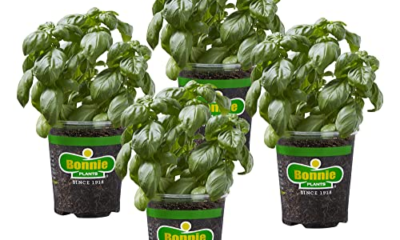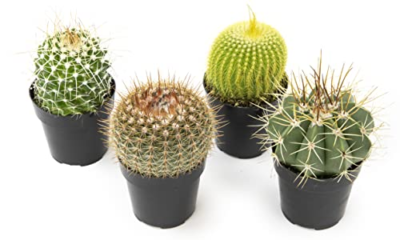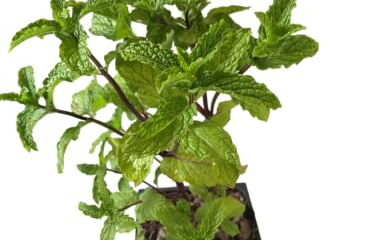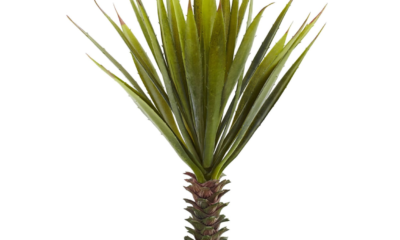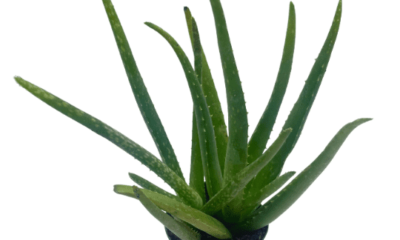house plants
Master Your Seasonal Planting for a Thriving Garden

Understanding seasonal planting is essential for any gardener who wants to create a thriving garden all year round. By knowing when to plant specific seeds and bulbs, you can enjoy a diverse array of blooms and harvests throughout the seasons. For instance, fall planting is a prime time to prepare your garden for next spring. Many gardeners often wonder what the best bulbs to plant in fall are, and the answer includes beautiful options like tulips and daffodils. By planting them in the fall, you set the stage for stunning spring blooms that will lift your spirits as the weather warms up.
Throughout the growing season, knowing which summer vegetables to plant is key to maximizing your garden’s productivity. Varieties like tomatoes, peppers, and cucumbers thrive during the warmer months. As summer fades into fall, it’s equally important to consider winter vegetables to grow. Crops such as kale, spinach, and carrots can be sown in late summer to provide you with fresh produce even during the cooler months. A well-planned approach to seasonal planting can mean enjoying fresh food right from your garden year-round.
Don’t forget about fall-blooming perennials and flowers! These plants bring color to your garden when everything else is starting to fade. Consider adding some fall flower bulbs to your planting list—chrysanthemums and ornamental kales are excellent choices. And for those who love peonies, understanding the peonies season can help you enjoy their large, fragrant blooms in late spring or early summer. Proper timing in planting will ensure that your garden remains vibrant and blooming as each season transitions.
Lastly, if you’re looking to maintain a lush lawn, think about the summer grass seed that works best in your climate. Timing is key; planting grass seed at the right moment can lead to a thick, green lawn that complements your beautiful garden. Keeping a close eye on the seasonal planting calendar ensures that your efforts yield a landscape bursting with color and life throughout the year.
Choosing the Right Plants for Each Season
In the fall, it’s time to think about bulbs to plant in fall. These bulbs are critical for spring blooms, giving you a head start on a colorful garden. Some of the best bulbs to plant in fall include tulips, daffodils, and hyacinths. By planting these bulbs, you ensure that your garden is filled with beautiful flowers as soon as the weather warms up in spring. Additionally, consider sowing seeds for winter vegetables to plant, like kale and spinach, which can thrive even in cooler temperatures.
As you transition into summer, your focus will shift to vibrant summer vegetables. This is the time to plant tomatoes, peppers, and cucumbers, which are perfect for warm weather. On the other hand, if you’re looking to maintain a green lawn, summer grass seed can help rejuvenate your yard during the hotter months. It’s also essential to keep an eye on seasonal cycles, especially for flowers like peonies—known for their stunning blooms—that typically reach their peak during late spring into early summer.
Finally, when winter arrives, don’t forget about the possibility of growing winter vegetables to grow, such as carrots and leeks. These crops can withstand cold temperatures and can even become sweeter after a frost. Keeping the seasonal planting schedule in mind helps you plan for a garden that flourishes all year round, providing beauty and bounty no matter the season.
Essential Tips for Healthy Plant Growth
Achieving healthy plant growth is the cornerstone of a thriving garden. One essential aspect to consider is seasonal planting. Timing is everything; planting at the right moment ensures that your plants will flourish. For those looking to enhance their garden during the cooler months, consider fall planting. This is the perfect time for bulbs to plant in fall like tulips and daffodils, which will provide a stunning display in the spring.
When planning your garden, think about what to grow in each season. In summer, focus on summer vegetables like tomatoes, cucumbers, and peppers. These vegetables thrive in warm weather and will yield delicious results if planted at the right time. Conversely, don’t forget about winter vegetables to plant. Kale, carrots, and turnips are robust options that can withstand colder temperatures. Incorporating a mix of vegetables allows for year-round harvesting!
Another important factor is the timing of your flower plantings. For beautiful blossoms, remember that peonies season comes in late spring, but they should be planted at the right time in fall for optimal growth. Meanwhile, fall blooming perennials can add color to the autumn landscape. Consider fall flower bulbs like chrysanthemums and asters, which not only enhance your garden’s aesthetic but also attract pollinators during the transitional season.
Finally, think about your lawn when planning your garden. If you want to maintain a lush yard, you may want to look into summer grass seed. This ensures your lawn is in its best condition during the hot months. By considering elements such as the best bulbs to plant in fall and the correct seasonal crops, you set up your garden for success, ensuring vibrant growth throughout the year.
Planning Your Garden’s Seasonal Calendar
Each season brings its own opportunity to add new life to your garden. For instance, fall is an excellent time to focus on bulbs to plant in fall. Planting fall flower bulbs, like tulips and daffodils, ensures a vibrant display in the spring. You might also consider fall blooming perennials, which will provide color even as temperatures drop. Additionally, fall is a great time for winter vegetables to plant, ensuring you have fresh produce through the cold months. Varieties like kale and carrots thrive when planted in cooler weather.
As you transition into spring and summer, think about what summer vegetables you want in your garden. Tomatoes, peppers, and cucumbers are popular choices that love the warm sun. They require careful planning and timing to ensure they flourish. Additionally, if you’ve been nurturing your garden over the cooler seasons, summer grass seed can help maintain a lush and green lawn, complementing your vegetable patches beautifully.
Don’t forget about the charming peonies season in late spring. These beloved flowers can be a stunning addition to your garden, and knowing when to plant them will help achieve a blooming spectacle. Through mindful seasonal planting and careful selection of plants based on their optimal growing times, you can easily cultivate a garden that flourishes throughout the year.



